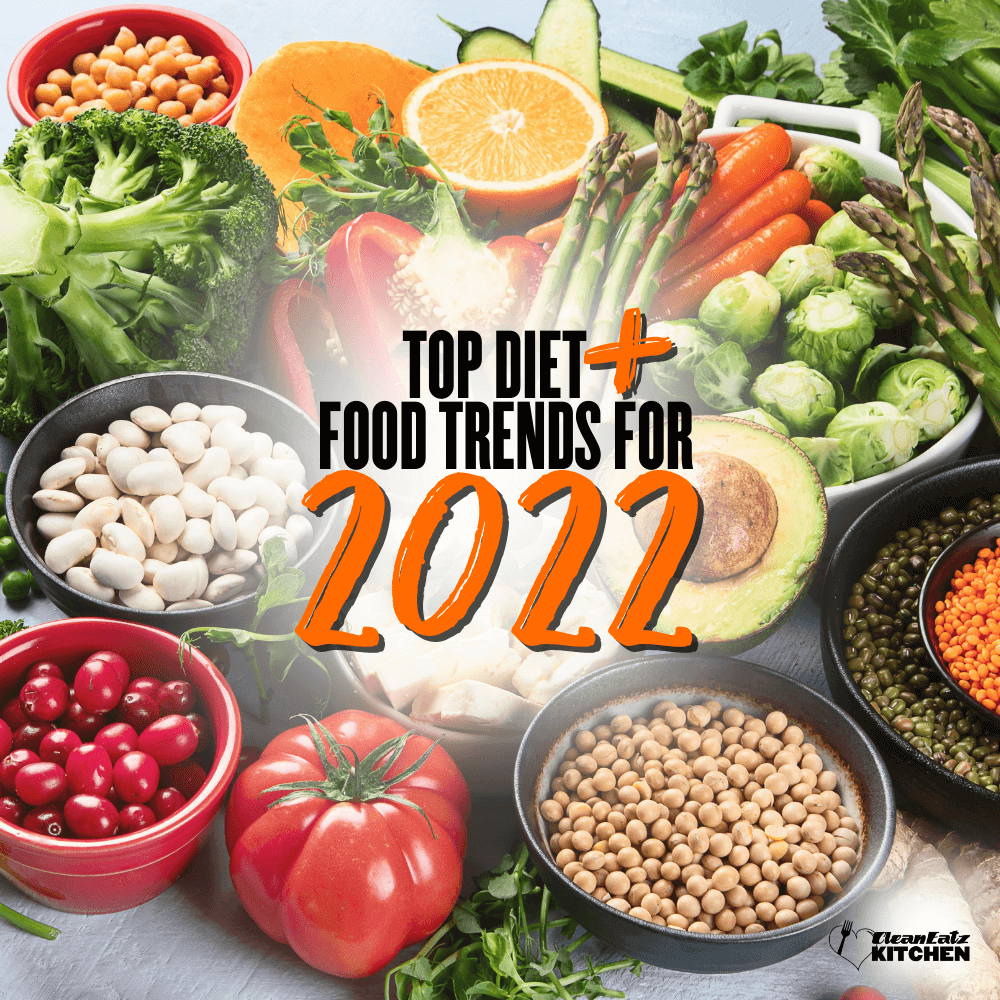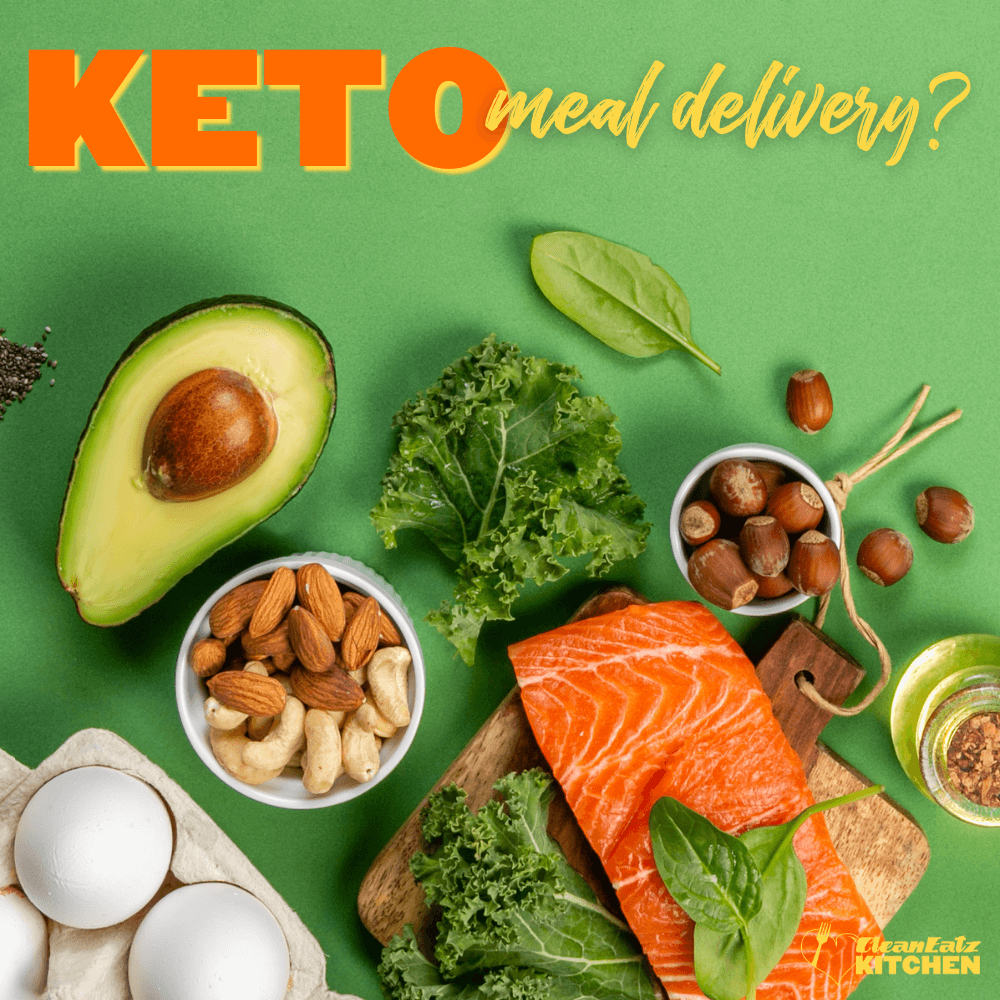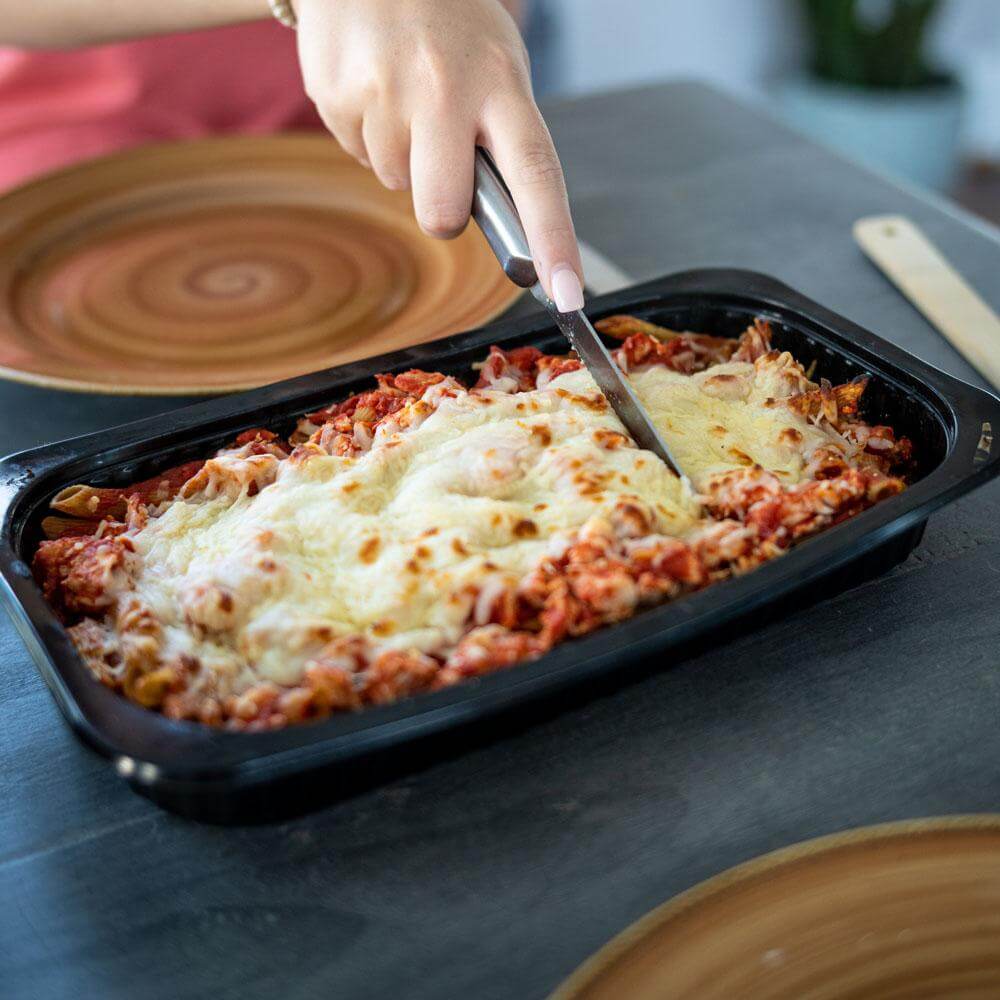
Nutrition Trends: Top Diet and Food Trends for 2023 – A Comprehensive Guide
Nutrition
|
Healthy Lifestyle
5 minute read
"What are the nutrition trends for 2023? Drawing insights from the feedback and interactions with our customer base at Clean Eatz Kitchen meal delivery services, we offer a glimpse into the evolving patterns in the culinary space and anticipate the trajectory of several eating habits.
2023's Dietary Shifts: From Keto's Wane to the Rise of Flexitarian Choices
-
Keto Diet's Diminishing Popularity - The momentum of the keto diet, which emphasizes high fat, low carbs, and moderate protein intake, reached its zenith around 2019. This regimen that propels the body into a state of "ketosis" sustained its appeal into 2020 but witnessed a downturn in 2021. Even as interest in this trend wanes, Clean Eatz Kitchen's Keto Diet Meal Plan delivery remains a sought-after choice for its health benefits.
-
The Rise of High Protein, Low Carb Regimens - A notable shift in nutrition trends is the growing attraction towards light keto, lazy keto, or HPLC-type diets. Essentially, this diet modality acknowledges the allure of carbs, recognizing their palatability, satiety value, affordability, and ubiquity. The overarching sentiment seems to be: while reducing carbs is beneficial, total elimination isn't feasible. Consequently, many are gravitating towards a diet that's rich in proteins and fats but also incorporates minimal carb servings, paving the way for what is perceived as a sustainable and wholesome dietary pattern.
-
Vegetarian/Vegan Trends - The recent limelight on vegetarianism and veganism, bolstered by events like Beyond Meat's IPO and the introduction of meat alternatives by giants like McDonalds, Dunkin, and Starbucks, might suggest a spike in these nutrition trends. However, the overall market for vegetarianism hasn't burgeoned substantially. While existing choices were limited to options like Boca or Black Bean burgers, newcomers like Beyond and Impossible have undoubtedly made waves. It's pertinent to highlight the emerging popularity of the "Flexitarian Diet" which promotes vegetarian principles but accommodates occasional meat consumption."
Google Search Popularity for "Vegetarian"
-
Nutrition Trends in Meal Kits - The meal kit sector has found stable ground. Following the impactful launches by Blue Apron and Hello Fresh in 2016, there was an influx of competitors, causing the initial excitement to fade. However, the advent of COVID restrictions highlighted their value again. Being mandated to remain indoors, many found solace in meal kits as a means to enjoy gourmet dishes from the comfort of their homes. While the nutrition trends in this sector faced stiff competition, the industry has found its niche. It might not have reached the heights many predicted, but the rate of returning customers remains steady. Recent entrants like Hungry Root and Purple Carrot have zoomed in on specific niches, tailoring their offerings for unique customer needs.
-
Nutrition Trends in Milk Alternatives - Discovering the intolerance we never realized we had. An estimated 70% of the global population experiences some form of lactose malabsorption. In simpler terms, many of us can't comfortably digest dairy. This gave rise to alternatives like almond milk, oat milk, hemp milk, and cashew milk, among others. Essentially, these alternatives are created by blending water with fatty and fibrous foods, resulting in a product reminiscent of cow's milk. Although generally pricier and arguably more environmentally impactful, these milk alternatives embody a lasting shift in nutrition trends.
-
The Decline in Juicing Nutrition Trends - After a period of consistent growth, the trend around juicing has started to wane. The late 2010s marked the ascent of juicing chains such as Pressed, Juice Generation, and Clean Juice, along with delivery services like Daily Harvest. But many of these brands have now expanded their offerings to include smoothies, bowls, and more. One of the inherent challenges with juicing as a nutrition trend is its unsustainability; it often equates to a pricey, low-calorie regimen. Hence, even though juice cleanses gained popularity for a time, most consumers have recognized that they were essentially spending a significant amount for minimal caloric intake from compressed vegetables.
Conclusion
Based on insights from Clean Eatz Kitchen meal delivery services, 2023's nutrition landscape showcases varied dietary shifts. While the Keto Diet's popularity wanes, High Protein, Low Carb diets are on the rise, balancing health with the joy of carbs. The vegetarian and vegan movements, although spotlighted by major brands, see the emerging Flexitarian Diet as a frontrunner, blending vegetarianism with occasional meat.
The meal kit industry remains robust, offering gourmet experiences during challenging times. Dairy alternatives, spurred by lactose intolerance concerns, have cemented their place, highlighting an adaptive nutritional consciousness. Conversely, the juicing trend dims due to its high cost and limited nutritional benefits. Overall, 2023’s nutrition trends underscore a balance between health, sustainability, and consumer preferences.
FAQ
What is the most popular food in the world in 2023?
Globally, Italian dishes took the lead in popularity, with Japanese cuisine trailing just behind. Predictably, pizza topped the list, accompanied by other Italian favorites such as spaghetti and risotto. The allure of Japanese food, particularly driven by the increasing fondness for sushi and ramen, made it a strong contender for the top spot.
What are the top 5 diets for 2023?
In 2023, according to the U.S. News and World Report on food, the Mediterranean Diet clinched the top spot among the best diets. The DASH Diet and the Flexitarian Diet shared the second position, marking their tie for the second consecutive year. Completing the top five were the MIND Diet and the TLC Diet.
What is the 555 diet?
For five days a week, you consume your regular meals. However, on the remaining two days, known as "fast days", you limit your intake to just a quarter of your usual calories, which is 600 calories for men and 500 for women.




